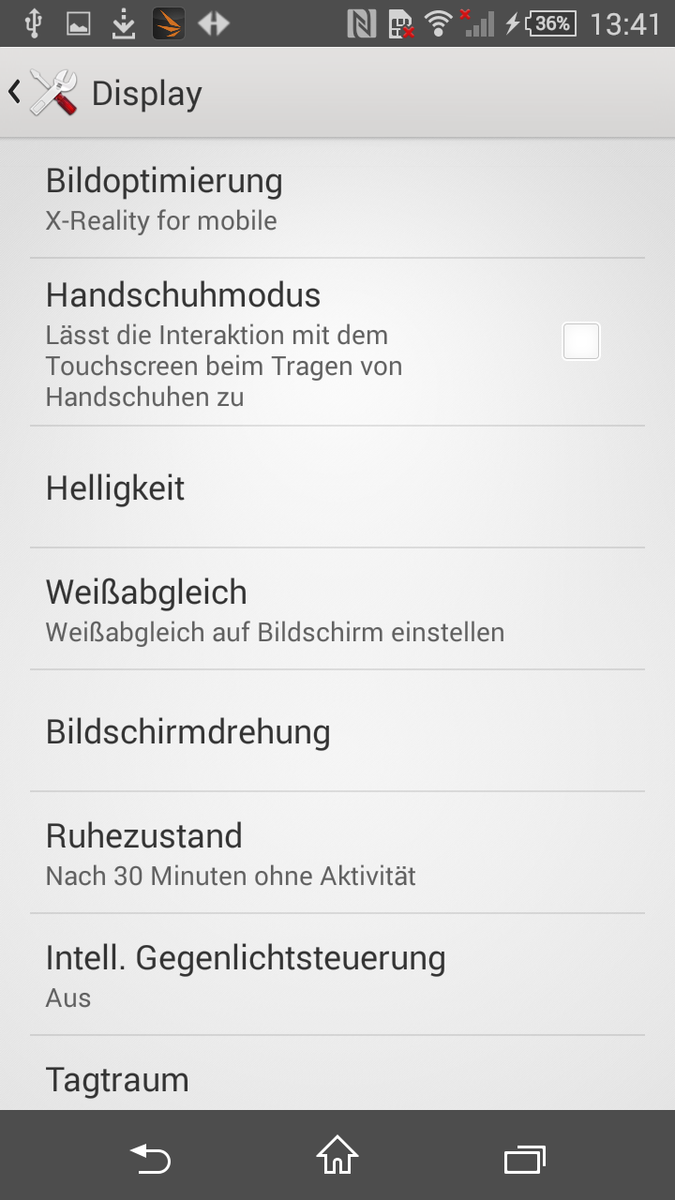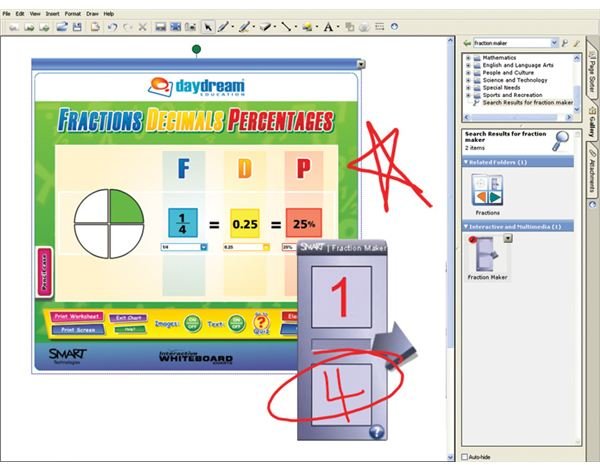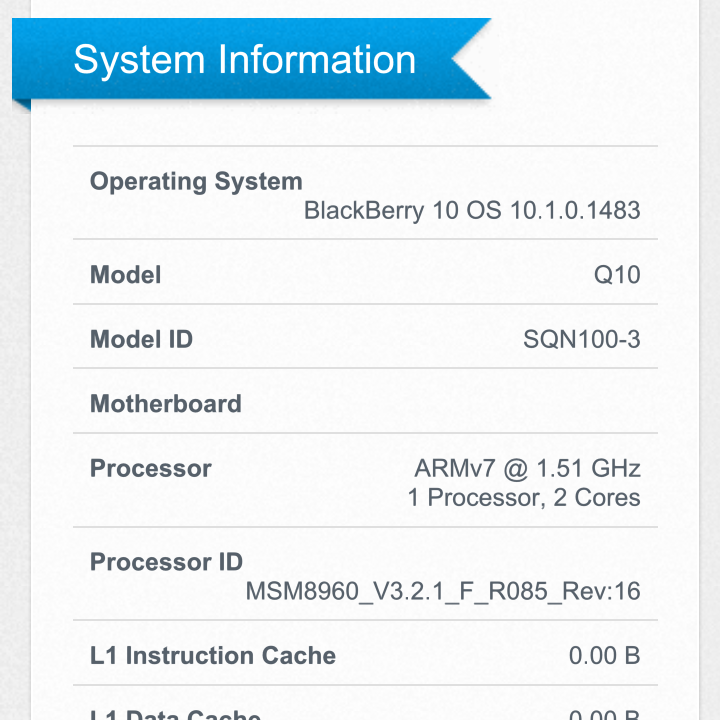Smart Notebook 10 System Administrator's Guide For Mac
Posted : admin On 01.11.2019Support for Mac OS 10.14 Mojave. End of support for Mac OS 10.11 (El Capitan). Learning Suite? Visit our support pages, where you'll find information about installing, using and troubleshooting SMART Education software. SMART Notebook support page – also includes SMART lab. Installation and administration guide Release notes.
- Smart Notebook 10 System Administrator's Guide For Mac Download
- Smart Notebook 10 System Administrator's Guide For Mac Free
Using SMART Install Manager, you can customize SMART software installation packages by publishing PKG files. You can then deploy the SMART software to computers. To download and install SMART Install Manager. Go to. Tap Looking for an older version of Notebook or know what software you need?.
Tap SMART Install Manager, and then save the installer file to your computer. Double-click the installer file. The SMART Install Manager installation wizard appears. Follow the on-screen instructions. To customize SMART Notebook software using SMART Install Manager.
Start SMART Install Manager. Drag the installation package to the SMART Install Manager window.
Set the controls on each page (see ). Select File Publish. A dialog box appears. Browse to the location where you extracted the complete installer or the installation package. Type a name for the PKG file, and then tap Save. Close SMART Install Manager.
Control Procedure Notes General Options: Product Selection SMART Product Drivers Select to install SMART Product Drivers. N/A SMART Ink Select to install SMART Ink. If you install SMART Ink, you must install SMART Product Drivers. When you select this check box, SMART Install Manager selects SMART Product Drivers automatically.
SMART Notebook software Select to install SMART Notebook. N/A Product key Type your 25-character product key for SMART Notebook. You can type the product key with or without hyphens. When you type a volume product key, the software activates when you deploy it to your network computers. SMART response 2 SMART response 2 software is now included in the installation and replaces SMART Response. Important Please review the details of the SMART response 2 update to ensure it will not disrupt current teach work flows.
Existing data may need to be backed up. Learn more. Delay activation General Options: Installation Options Start SMART System Menu at logon Select to start the SMART System Menu when the user logs on. N/A SMART Technologies Error Report SMART Technologies Error Report installs by default as part of the installation. This application installs by default as part of the installation, but can be turned off through Install Manager. General Options: Network/Firewall Settings SMART lab features operates as expected Add the URLs to your teacher and student network’s whitelist. This setting confirms that the SMART lab features operate correctly in SMART Notebook.
Handwriting recognition: Language selection Handwriting recognition: Language selection English is selected by default. You can also select Czech, Danish, German, Hungarian, Spanish, Finnish, French, Italian, Norwegian, Dutch, Polish, Portuguese, Russian, Swedish, and Chinese (Simplified) in addition to English.
N/A General Options: SMART Product Update Install SMART Product Update in Full mode Select to install SMART Product Update (SPU)in Full mode. N/A Install SMART Product Update in Dashboard mode Select to install SPU in Dashboard mode.
N/A Do not install SMART Product Update Select to not install SPU. N/A Check for updates Type the number of days (1 to 60) between SPU checks. This option is available only if you install SPU in Full mode.
By default, SPU checks for product updates every 30 days. Notify users about SMART product updates Select to notify users of available SPU product updates. This option is available only if you install SPU in Full mode. Reset per-user changes to the previous two settings Select to remove existing Check for updates and Notify users about SMART product updates values the next time the user runs SPU. This enables administrators to push new values for these settings to computers and ensures the new values are accepted.
Individual users can still modify these settings. General Options: Customer Experience Enable the Customer Experience Program on all devices Select to automatically enable the Customer Experience Program for all users. N/A Disable the Customer Experience Program on all devices Select to automatically disable the Customer Experience Program for all users. N/A SMART Notebook: Gallery Content See N/A N/A SMART Product Drivers: Optional Settings Start SNMP Agent services at logon Select to enable SNMP Agent services. N/A SMART Ink: Optional Settings Start SMART Ink at logon Select to start SMART Ink when the user logs on.
SMART periodically releases updates to its software. These updates add new features and resolve issues. Go to to download the latest updates.
To update software. Download the DMG file from the website. In Finder, browse to and double-click Applications/SMART Technologies/ Install Manager. The SMART Install Manager window appears. Open the DMG file you downloaded (see ). Customize the file by setting the controls on each page.
OR Apply customizations that you previously created for an earlier version and saved in an XML file by selecting File Import, browsing to the XML file, and then clicking Open. Publish your customizations as a PKG file, and then deploy the PKG file to computers on your network. You can remove SMART Install Manager from your computer if you no longer need it. You can do this using SMART Uninstaller or Terminal. To remove SMART Install Manager using SMART Uninstaller.

In Finder, browse to Applications/SMART Technologies, and then double-click SMART Uninstaller. The SMART Uninstaller window opens. Select Install Manager, and then tap Remove. A dialog box appears, prompting you to confirm the removal. Type your administrator password, and then tap OK. To remove SMART Install Manager using Terminal.

In Finder, browse to Applications/Utilities, and then double-click Terminal. The Terminal window opens.
Type the following command.
Passwords can be reset or bypassed on every operating system, so even if you’ve forgotten yours, there may be a way in. This also means that evildoers can likely get into your system if they have access to it—and it’s way easier than you think. RELATED: We’ll detail how to bypass the password on Windows, macOS, and Linux below, but first: if you want to protect yourself from others using this trick on you, you need to enable encryption., it’s just an easy way to keep not-very-determined people from using your machine. So if you really want to protect your files, you need to encrypt them—which is, thankfully,. Windows RELATED: There are many ways to reset a Windows password.
Windows allows you to create a that can reset your password in an approved way. Create a disk now, and you can use it if you ever need it.
If you’re using Windows 8 or 10 and you sign in with a Microsoft account, you can also. This is easy as long as you’ve previously associated your Microsoft account with another email address or a mobile phone number you have access to. RELATED: Resetting a password without an official tool is doable as well. For example, works well for this.
Excel spreadsheet for tracking mileage. Expense journal Excel Annual financial report Excel. Thousands of templates to jump start your project.

First, you’ll need to boot from a special disc or USB drive—either a or a specialized Offline NT Password & Registry Editor boot disc. The tool can edit the Windows registry, allowing you to clear the password associated with the user account. You can then boot into Windows and log into the account without a password. Even if you’re using Windows 8 or 10 with a, you can always reset the password of the built-in Administrator account to gain access.
RELATED: is the best way to prevent people from resetting your password and accessing your files. Make sure you don’t forget the encryption password, though! If you lose the encryption key, there is no way to get your files back—you’ll have to erase your files and to regain use of the computer. MacOS RELATED: If you sign in to your Mac with an Apple ID, you can to regain access to your Mac.
The options on your Mac’s sign-in screen will walk you through the process. You’ll need a verification method associated with your iCloud account, like a mobile phone number. Macs also have a built-in password reset tool available in recovery mode. You’ll need to restart your Mac by clicking the Apple menu and selecting Restart. Press and hold the Command+R keys as the computer boots and it will. RELATED: Once in recovery mode, select Terminal, type resetpassword into the terminal, and press Enter.
Smart Notebook 10 System Administrator's Guide For Mac Download
You’ll see the Reset Password utility, which. You can also access this tool from a Mac OS X installation disc. To protect yourself from this, we recommend (if it isn’t already—most Macs turn it on by default now). With FileVault on, you won’t be able to reset your password, so make sure you don’t forget it. If you do, you’ll have to erase your files and to regain use of your Mac. Linux RELATED: We’ll use Ubuntu as a concrete example here, but other Linux distributions work similarly.
Ubuntu offers a recovery mode in its default Grub boot menu—select Advanced options for Ubuntu and select Recovery mode. You’ll see the boot menu while booting your computer—if you don’t, you can hold the Shift key as you boot and the menu will appear. You can easily boot directly to a root shell prompt from here. This option isn’t necessary, as you can just press the e button to edit Ubuntu’s boot options and boot directly to a root shell prompt from within the main Grub menu.
You’ll then be able to. If the Grub boot menu is locked and password-protected, you can still boot to Linux live media and change your password from there. Once again, encryption would prevent your system from being accessed and modified without your encryption passphrase. We used Ubuntu as an example, but almost every Linux distribution uses Grub, and few people set a Grub password. Chromebooks RELATED: Your Chromebook’s user account password is your Google account password. If you need access but forgot the password, you can just on the web to regain access.
Smart Notebook 10 System Administrator's Guide For Mac Free
Let’s say you don’t want access to the account, but the Chromebook itself—maybe an old Google account is considered the device’s. In this scenario, you can boot the Chromebook to the sign-in screen and press Ctrl+Shift+Alt+R at the same time. You’ll be prompted to.
After you reset it, you can log in with another Google account and that Google account will be considered the owner account. This will erase all data on the device, but most Chromebook data is synced online.
There’s no way to gain access to a user’s files without their password on a Chromebook. Those files are. You can only access them if you sign in with the Google account. Android RELATED: If you, you may be able to reset it. Unfortunately, this feature was removed in Android 5.0, so it won’t work on modern devices.
On older devices, try an incorrect password, PIN, or pattern a few times and you may see a “Forgot password,” “Forgot PIN,” or “Forgot pattern” option. You can then regain access to your device by entering the username and password of the Google account associated with your device. You can’t bypass the lock screen without your Google account password unless there’s a security hole you can exploit in the device.
If you want to use the device, you can still. This will set the device back to its factory state, wiping all data on it. You can then log in and set up the device with another Google account. IPhone and iPad RELATED: If you, you can’t reset it and regain access to your device. If you forget your iOS device’s password, you’ll have to perform a factory reset.
However, if you’re syncing the device to an Apple ID and you still remember your Apple ID password, all your device’s data can be restored afterward thanks to. You can do this in several ways. If you’ve set up Find My iPhone, you can and erase your device from there. If you’ve backed up your device to, you can connect the device to your computer and restore your device from an iTunes backup. If you don’t have access to Find My iPhone and you’ve never backed up the device to iTunes, you can still.
Turn off the device, press and hold the Home button, and then connect the device’s USB cable to your computer. If it doesn’t turn on automatically, turn it on.
ITunes will tell you it’s detected a device in recovery mode and allow you to restore it to factory default settings. Passwords keep honest people honest, and they ensure people can’t gain access to your device without knowing the tricks or looking them up. But, if someone has physical access to your device and wants to bypass the password, there’s nothing you can do to stop them. Even encrypting your files will only protect your personal data—they can always wipe the encrypted data and start over fresh. However, can prevent a thief from using a stolen iPhone or iPad.
Photo Credit: /Flickr.